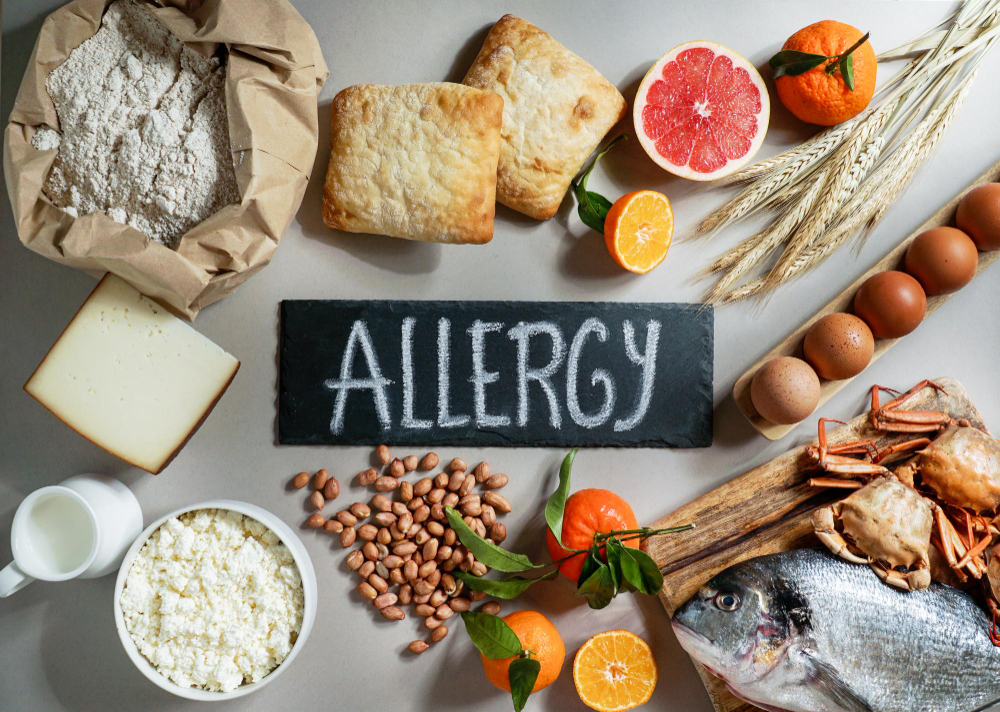Introduction
Many people wonder about the difference between food allergy and food intolerance. Both can cause discomfort after eating certain foods. However, they are not the same. A food allergy is a reaction from your immune system. In contrast, food intolerance happens when your body cannot digest a food well. Understanding these differences is important for your health and safety.
Key Differences
It is easy to mix up food allergy and food intolerance. Yet, they have some clear differences. For example, food allergies involve the immune system. Food intolerances do not. Here are some key points:
Symptoms
Both food allergy symptoms and food intolerance symptoms can be uncomfortable. Still, they often look different. Below are common signs for each:
Causes
There are different causes for food allergies and food intolerances. For instance, food allergies happen when the immune system mistakes a food protein as harmful. This triggers a reaction. On the other hand, food intolerance often happens because the body lacks certain enzymes. For example, people with lactose intolerance do not have enough lactase to digest milk sugar.
Diagnosis
Getting the right diagnosis is important. Doctors use different tests for food allergy and food intolerance diagnosis. For food allergies, they may use:
For food intolerance, doctors may:
Always talk to a healthcare provider before trying to diagnose yourself.
Treatment and Management
Managing food allergies and intolerances is important for your well-being. For food allergies, you should:
For food intolerance, you can often:
Either way, knowing your triggers helps you stay safe.
Prevention Tips
While you cannot always prevent food allergies or intolerances, you can lower your risk. Here are some tips:
When to See a Doctor
Sometimes, symptoms can be serious. You should see a doctor if you:
Early diagnosis and treatment can prevent problems.
Conclusion
In summary, knowing the difference between food allergy and food intolerance can help you stay healthy. Both need careful management. However, food allergies can be more dangerous. Always consult a healthcare professional for personalized advice on food allergies and intolerances.

